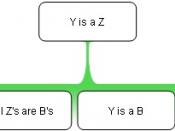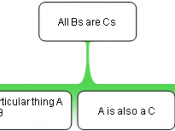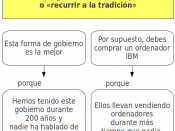Fallacy Summary and Application Paper
Many arguments contain misguided information or other false information which may lead to confusion. The point of an argument is to give reasons in support of some conclusion. An argument commits a fallacy when the reasons offered do not, in fact, support the conclusion (http://www.intrepidsoftware.com/fallacy/falla.php). Although there are many types of fallacies for purposes of this paper I will examine only three of them, The Two Wrongs Make A Right fallacy, the Straw Man fallacy, and the False Dilemma fallacy, while attempting to explain the significance to critical thinking as well as the general application to decision making of each.
Two Wrongs Make A Right
Tu quoque or "two wrongs make a right": dodging the main argument by including the opposition in the blame ("you did it to"), or justifying an action because one's opponent has performed it. (http://www.aros.net/~wenglund/Logic101a.htm)
The Fallacy handout submitted by Peter Demarreau describes this fallacy as one committed when we try to justify an apparently wrong action by charges of a similar wrong.
An example two wrongs making a right, which I personally experienced recently happened when a company policy where I work was violated inadvertently by several employees. When it was discovered that one of these employees knew the policy was being violated but continued to break policy management realized that there was a problem of too many followers and not enough leaders as there often are in a fallacy such as the two wrongs make a right fallacy. The employee that knew it was wrong continued to violate procedure simply because everyone else was doing it and he thought he would be able to get away with it too. This way of thinking has its ups and downs as in this case the employee was reprimanded and the...


